Should You Buy a Car With All-Wheel Drive?

It’s every driver’s nightmare to lose grip in slippery conditions, but is that a good enough reason to buy a new car with all-wheel drive?
Just about every automotive segment has an all-wheel-drive vehicle for drivers concerned about the road conditions they drive in. Additionally, many cars out there have an optional AWD drivetrain.
“There’s more AWD options available today because of the added stability in poor weather as well as dry weather,” said Karl Brauer, CEO of TotalCarScore.com.
While all-wheel drive used to be reserved for trucks and utility vehicles, the added safety benefit is proving to be an important factor in just about all markets. In fact, it’s so important to luxury car buyers that Jaguar is adding an AWD option to the XJ and XF sedans to compete with the popularity of Mercedes-Benz and BMW’s AWD equipped sedans. Even Hyundai is getting on the AWD bandwagon, and is planning to offer an AWD option to the Genesis Sedan to stay relevant in the luxury marketplace.
SENSE OF SECURITY
Just because a car has all-wheel drive, it doesn’t mean it’s invincible. All-wheel drive doesn’t impact braking performance. Even though the all-wheel system gives traction when accelerating, when it comes to stopping, it just won’t help. Obviously the use of proper tires, like snow tires in wintry conditions, will help in such situations. For first time owners, AWD can present a false sense of security.
STABILITY CONTROL STEALING AWD’S THUNDER
Safety is an important part of why AWD is more readily available these days, but it’s not the only sure-footed technology out there. All new cars sold in North America come with stability control, a technology that measures the car’s grip on the road and its steering angle.
A vehicle equipped with stability control is constantly checking to see if there’s grip, and when it detects a loss of grip, or that the car’s trajectory is not in line with the steering angle (suggesting it’s going too fast in a corner), it can apply certain brakes or even cut engine power to slow the vehicle and bring it back on its intended course.
This means that even without all-wheel drive, cars are safer in different road conditions. However, it’s still unfair to say that a rear or front-wheel drive vehicle will be as composed as a car equipped with all-wheel drive and stability control.
If you’re looking for an AWD vehicle, be sure to check to see if it has a part time or full-time AWD system. Many vehicles that boast AWD actually use a part-time system, often operating as a front-drive car, which only splits power and sends it to all four wheels after slip is detected.
In contrast, a full time all-wheel drive system, like Subaru’s symmetrical all-wheel drive, have a proactive take on traction. It’s always working to grip and send power to all four wheels.
Many sportscars follow this philosophy of sending power to the correct wheels all the time, and it’s a major reason why sporty cars like the Subaru Impreza WRX STI and Audi TT are so popular with enthusiasts.
DISADVANTAGES
All-wheel drivetrains are also improving and many past concerns are now just small side-notes – though not all of them.
In the past, AWD systems used to be quite heavy, and this would have a noticeable impact on fuel economy. “New engine and transmission technology is making up for that disadvantage,” says Brauer. Industry-wide there’s also been a trend of reducing weight, which also lends to better fuel economy.
Take a look at the Mazda CX-5 (above) which is available in either FWD or AWD. According to the EPA ratings, there is only a one mile-per-gallon difference between the two, with the FWD model getting 29 mpg combined, and the AWD model getting 28. Is one mpg a significant hit to take for better all-weather performance? Other new vehicles follow the same trend. The MINI Countryman and Nissan Juke lose just 2 mpg combined in the transition to all-wheel drive.
Even vehicles with full-time AWD systems can manage solid fuel economy. The compact Subaru Impreza offers reasonably competitive fuel economy in its segment, even though it’s the only option available with full-time all-wheel drive. One major element to thank is the car’s fuel-friendly CVT, although the lighter construction and smaller, more efficient engine are just as important.
There are some statistics that point to all-wheel drive vehicles having costlier repairs however.
“AWD models are a bit more expensive and parts/independent repairers may be a problem to find on some imports,” says Phil Edmonston, author of the Lemon-Aid new car-buying guides. Lemon-Aid uses a combination of owner-reported problems and cross references that data with Consumer Reports’ Reliability Data in its annual member survey published every April. “AWD is more expensive than RWD and FWD simply because there is more complexity and more things that can go wrong,” added Edmonston.
ALL-WHEEL DRIVE GAMECHANGERS
All-wheel drivetrains are progressing as fast as anything else in the industry. While earlier iterations just sent power to all four wheels, newer systems can vary the amount of power sent to the front or rear wheels. For even more grip, some systems like Honda’s Super-Handling All-Wheel-Drive (SH-AWD) vary power left-to-right in the rear, enabling full torque to be sent to just one wheel in order to better help the car rotate in a corner. This combines a philosophy of excellent grip and performance, and is used in Acura‘s TL (seen above.)
Other manufacturers are combining electric motors with all-wheel drive trains. Lexus uses its Hybrid Synergy Drive as an AWD powertrain in the RX450h. The system uses two electric motors, one in the front that works with the vehicles’ engine to power the front two wheels, and another electric motor in the rear to power the vehicles rear wheels. The rear motor sends power to the back two wheels under full-throttle acceleration and when the front wheels lose grip.
“Since electric motors have instant torque, combining electric motors with all-wheel drive make these vehicles deliver power that much faster,” explains Brauer.
He also mentioned that other car companies are putting electric motors at each wheel like the Mercedes-Benz SLS AMG E-Cell (seen right). Honda is also currently preparing to launch a new version of the Acura RL using a electric motors in the rear and a gas engine in the front to deliver a hybrid AWD system. The advantage of this is that there would be no drive-shafts under the car, leaving more room for passengers, or battery packs. Not having a central tunnel connecting the front and rear axles is helpful to free up interior space, particularly in the rear center seat, however, electric components tend to be heavy, negating any benefits of having fewer mechanical parts.
PRICE: THE DECIDING FEATURE
With fewer drawbacks and improved grip and safety, all-wheel drive vehicles are becoming more desirable. However, AWD vehicles still hold a price premium over two-wheel drive alternatives. Combine that with the potential for costlier repairs and the decision to buy an AWD vehicle will teeter on your budget, and most importantly on the where you live.

Sami has an unquenchable thirst for car knowledge and has been at AutoGuide for the past six years. He has a degree in journalism and media studies from the University of Guelph-Humber in Toronto and has won multiple journalism awards from the Automotive Journalist Association of Canada. Sami is also on the jury for the World Car Awards.
More by Sami Haj-Assaad






















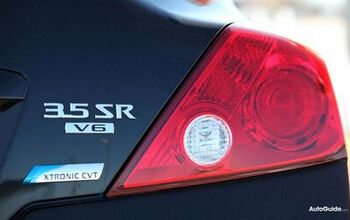
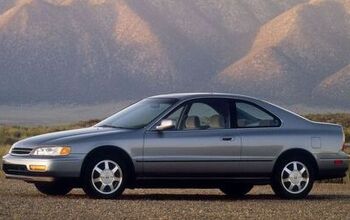

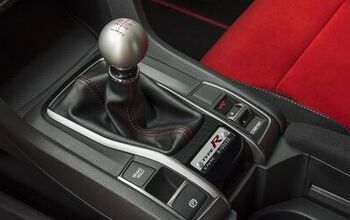

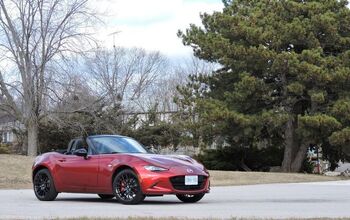


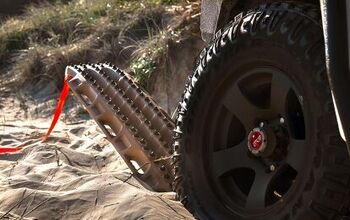
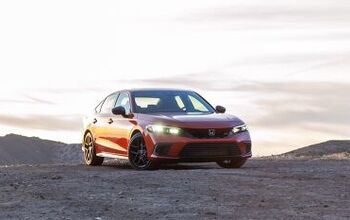





Comments
Join the conversation
AWD cars do not oversteer. Especially when coupled with ESC, it is near impossible to swing the tail out. That in itself makes AWD worth it, because 99.9% of drivers do not know what to do when a car oversteers.
If we buy a suv car (ex:-Duster)with 2wheel ...can we upgrade it for a 4wheel drive ia it possible...can any one tell me un brief